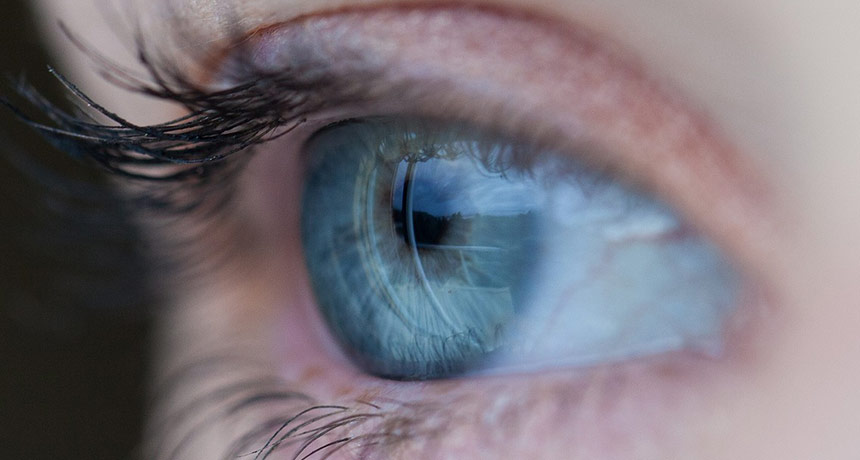A fake organ mimics what happens in the blink of an eye
Faux eyeball surface could be used to test treatments for eye diseases

BABY BLUE Using human eye cells, researchers fashioned an artificial eye surface that could be used to study and test treatments for eye diseases.
Free-Photos/PIxabay